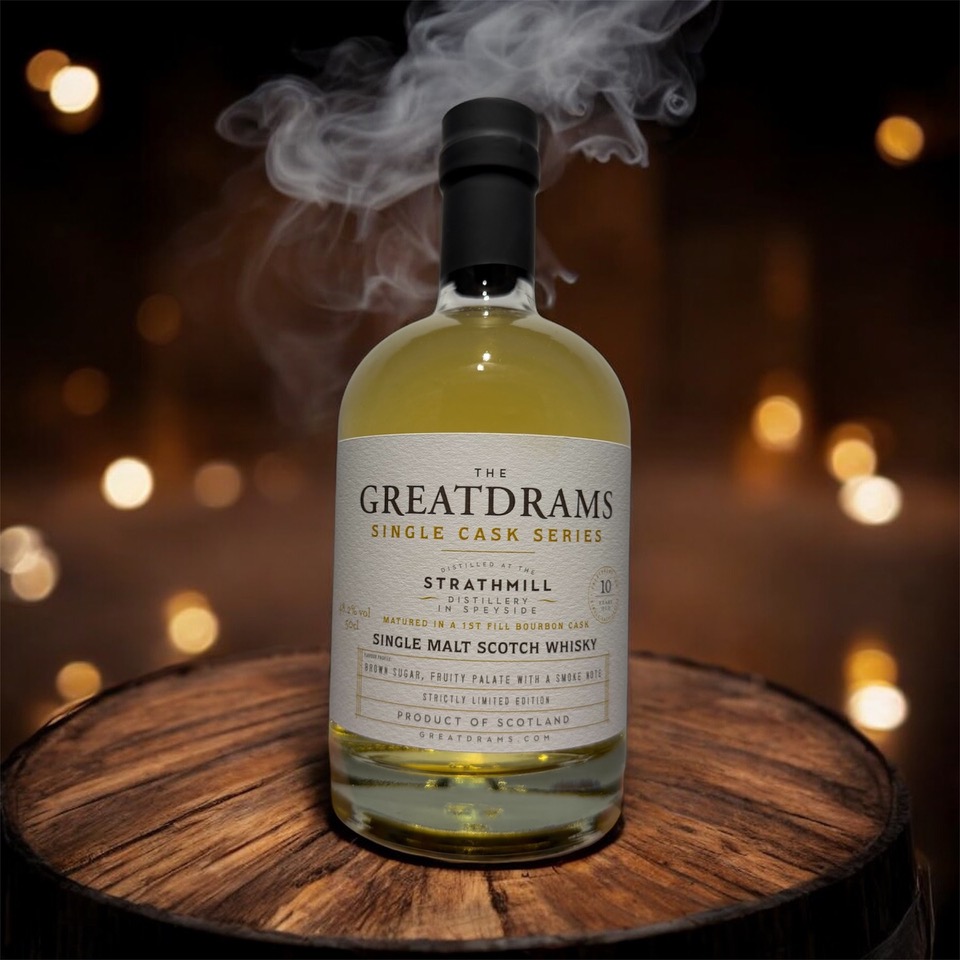All you needed to know about Adam Hannett, Bruichladdich Head Distiller
let’s begin
There is a massive amount of cult status around the Bruichladdich distillery and brand, and rightly so. Resurrected from the dead and brought back to life to service a need from whisky consumers for something authentic and different in its own right. But what about now, a couple of years on from Jim McEwan’s and Mark Renyier’s departure? GreatDrams set about bringing you a little feature for you to get to know the new man in charge of spirit, production and brilliance, Adam Hannett, Bruichladdich Head Distiller.
Humble beginnings.
“Back in those days, in 2004, when I started we would all be very flexible about what we did, so even though I was a tour guide back then, the first few weeks I spent renovating our distillery accommodation, so we stopped making whisky, all the still men, the mashmen, the warehouse boys, everybody was helping, using the skills that they had. Jonathan, the bottling hall manager, was a joiner, so he was able to do a lot of the work on a very small budget”.
Loyalty beyond reason.
A close-knit team.
But what about the Bruichladdich distillery house style?
“It’s a good question because Bruichladdich was not created to be a single malt, the whisky was being produced for blends, so it didn’t have a particular style because nobody ever explored what that style could be, and that’s what Jim did in the early years, whether that was with Bruichladdich, Port Charlotte or Octomore, or whether it was experimenting with other cask types, he was exploring what the style of Bruichladdich could be. So now, 16 years after re-opening the distillery, we’re comfortable that we have a style, but we would never try to be consistent and not explore. So I think our style is to be exploratory, our style is to try new things, but to make a style a whisky, for Bruichladdich we know what cask types make that work, for Port Charlotte, we know what cask types make that work, we understand different relationships with wood, we understand different relationships with the spirit, how to create different styles, where we mature our whisky, it’s all matured on Islay. There are many things we’ve developed over the years that helped us understand what our style is, so my job is to understand that style, but to keep experimenting”.
What is your involvement or viewpoint on newer distilleries?
So, is craft a dirty word?!
“You can go to Starbucks and have a craft coffee or go to McDonalds and they’ll give you a craft hamburger, it means nothing nowadays, but the idea that people are trying to communicate is something small and done by hand and all these things, and if they can back that up then fine, but everybody can use that term. It doesn’t really mean what it should mean these days”.
What are you doing differently?
“With things like the Black Art and creating new editions of them, what we’re doing each time, each edition is not the same because we’re taking whisky from different types of casks, different ages, different recipes, and of course I won’t tell anyone what I’m doing with them, but Black Art is a style, what is meant to be a very well distilled whisky and amazing casks. The time the whisky spent in those casks and how it developed the whisky is important and unique. So what we’re seeing with each release is the fact that you can vary that with the options we have. We don’t fill casks and do nothing; we monitor the casks, we change the casks, we work with the whisky to create the very best we can. It means that each whisky is unique because of the path is has taken, so what we see each time is a progression, a difference. If we wanted to do the same thing every time, it would be easy, but it wouldn’t be interesting, we wouldn’t explore the options that are available to us”.
I love Octomore, such a beast, what’s the Head Distiller’s view on it as an entity?
“With Octomore and the different editions, what we’re exploring there is each harvest, each year of distillation. What we have with Octomore is a series of releases where we can see the influence of the barley, the influence of the distiller, the influence of the casks, we can watch that journey, and it’s very interesting, it’s philosophical rather than anything else, because what we’re talking about is unique vintages, not trying to make everything the same, but seeing what nature gives us and seeing how that translates in to a bottle of whisky.













7 thoughts on “All you needed to know about Adam Hannett, Bruichladdich Head Distiller”